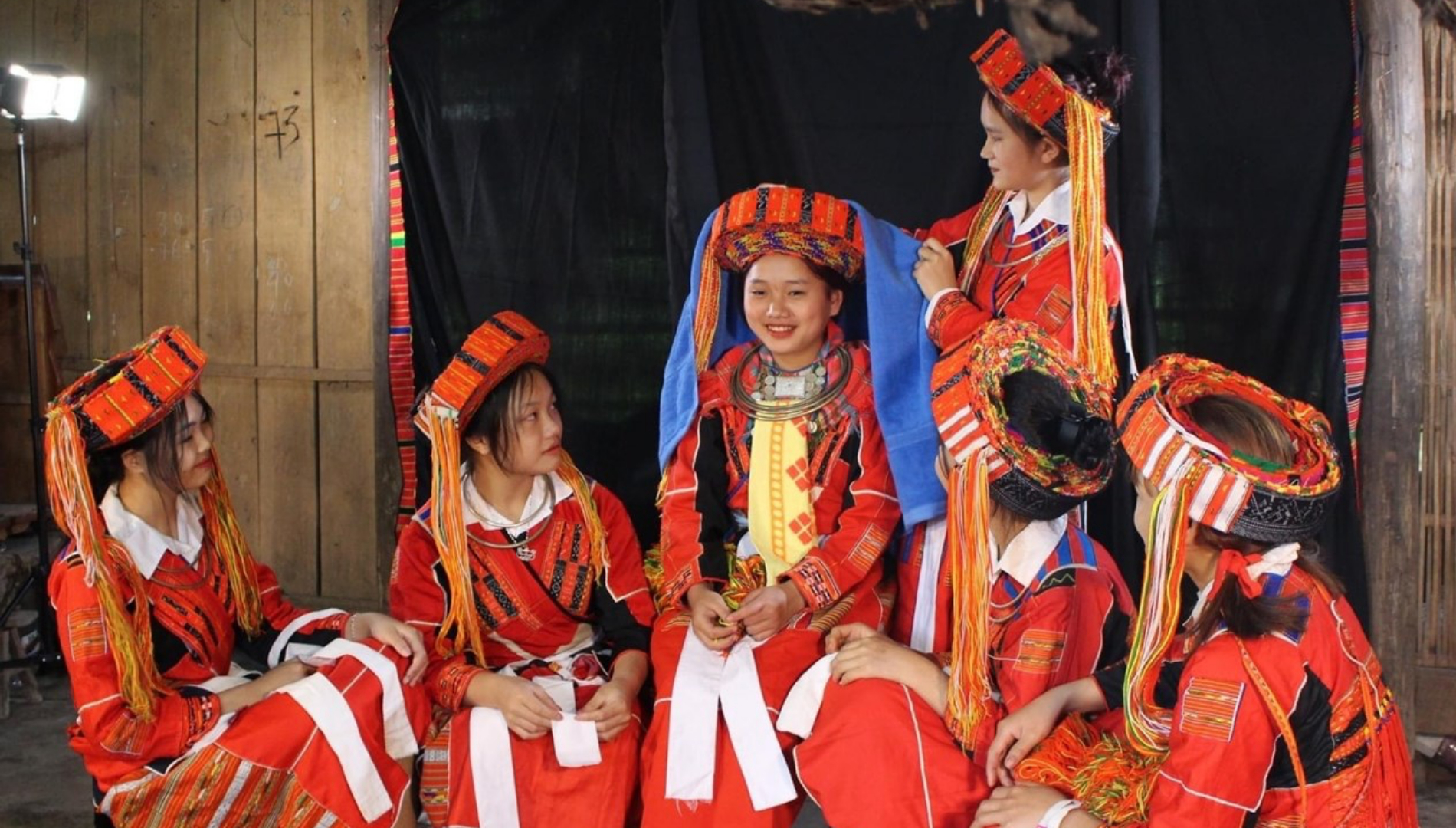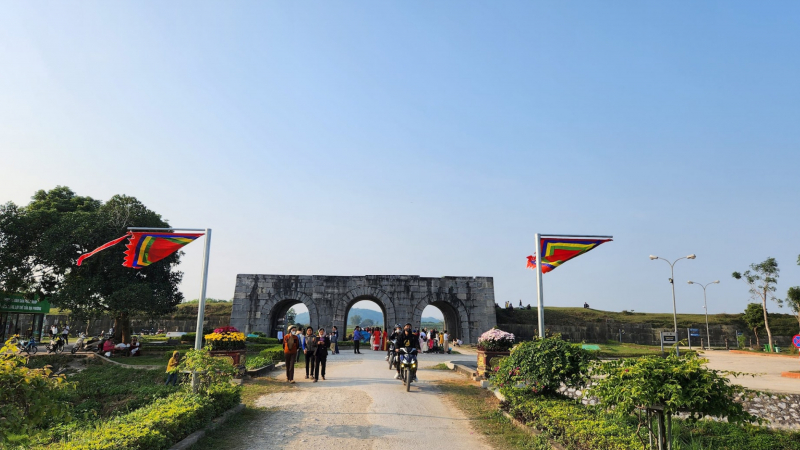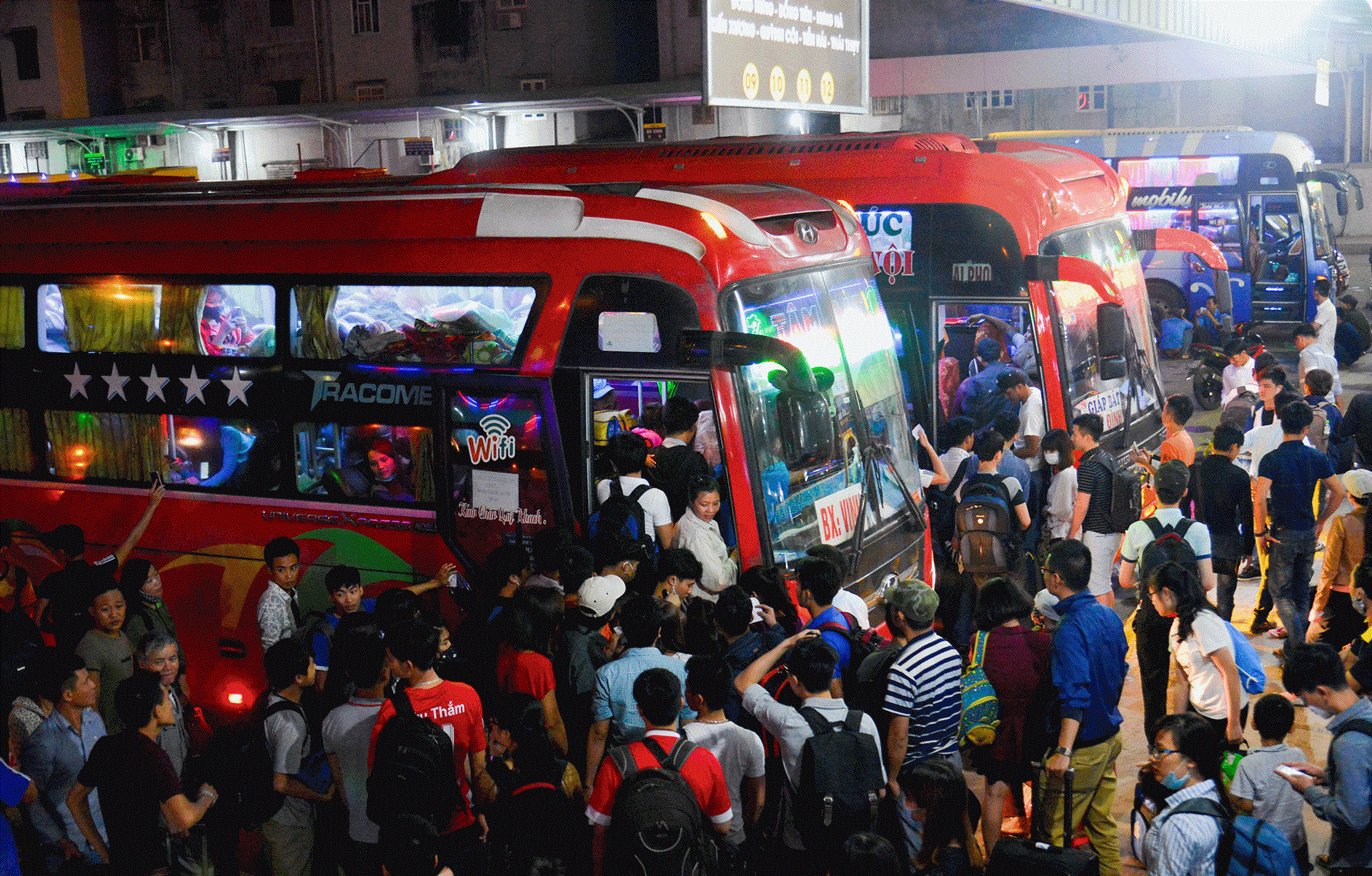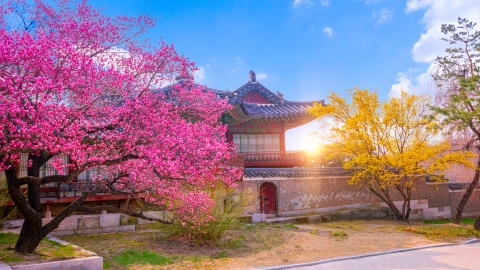Lunar New Year, a festival imbued with Asian cultural identity, has become a spiritual connection for billions of people. From populous countries like China and India to small countries like Bhutan and Nepal, Tet is celebrated with its own unique rituals and customs.
In Vietnam, a country with 54 ethnic groups, Lunar New Year becomes even more special with its myriad of cultural colors. Each ethnic group has its own way of celebrating Tet, with its own distinct customs and practices, creating a diverse and rich cultural picture.
Thai people welcome the new year with thunder
According to the Thai people's belief, the first thunder after Tet signals the arrival of the new year to everyone, every family. This is the right time to sow seeds and plant trees, so right after the thunder, everyone goes to the fields together to work and pray for a new year of favorable weather and a bountiful harvest.
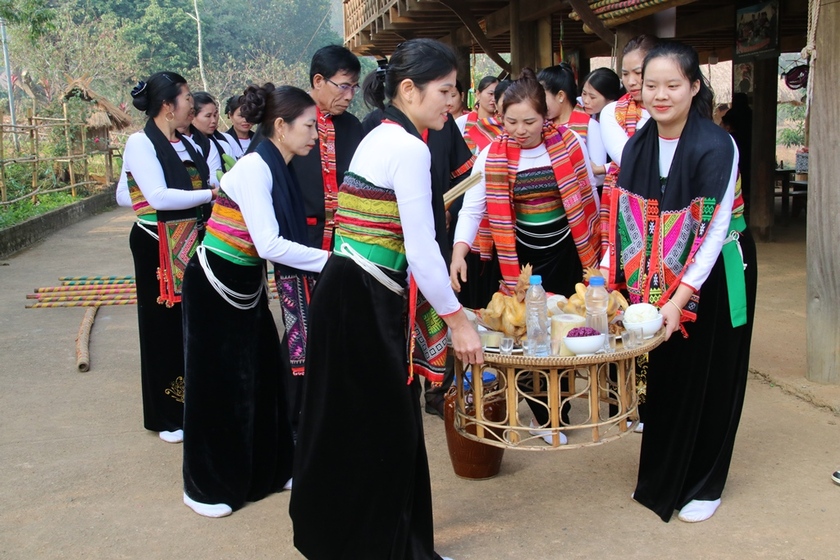
Thunder festival, according to ancient custom, when the first thunder of the year rumbles, that is when the Thai village enters the festival.
In the past, the Thai people did not have Lunar New Year like they do now. The Thai people's New Year was in March, when thunder rumbled everywhere, flowers bloomed, and the mountains and forests were greened with new shoots, then the Thai people began the "Chom py mo" ceremony - celebrating the new year.
This is the most important ritual in the religious life of the Thai ethnic group. In the past, the offering tray on the first thunder day of the year was very simple, just a bottle of wine with 5 cups, 5 bowls of water and 2 pieces of betel leaves placed in the middle of the altar, then invited the shaman to perform the ceremony.
When the first thunder of the year rumbles (from January to March of the lunar calendar), the first thing fathers and mothers do is call to inform their children and siblings. Then, the elders go around the house, wherever they go, the homeowner touches the utensils and objects with the meaning of "waking" them up and letting them know that God has given them a good day for the new year.
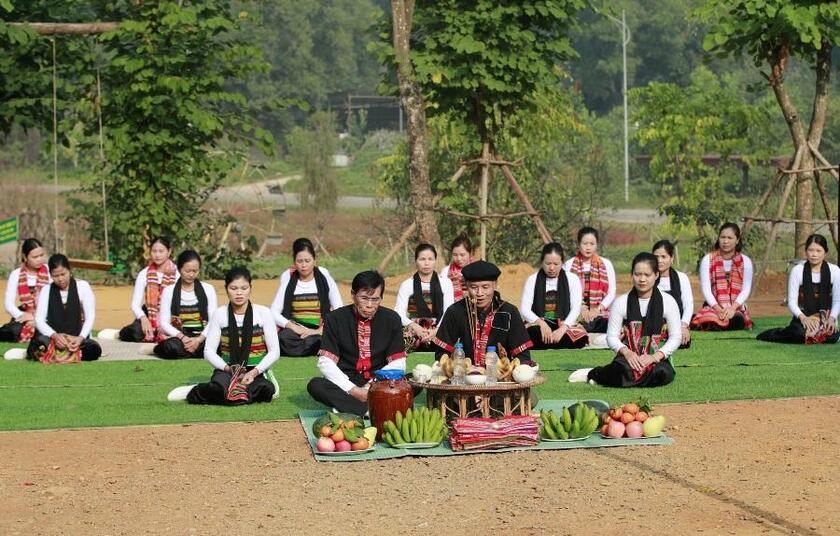
Not fussy, wasteful, not tinged with superstition... it can be said that the festival of welcoming the first thunder of the year of the Thai people is one of the traditional New Year customs.
At the same time, the mothers boil eggs and give each family member one to wash their faces. They rub the egg on their faces and recite a prayer in Thai: “Xuoi na phá hoông, pí ô độ đí, coi ci coi duy hờ na mớit nung xay na may nung tính, Hạnh nung chang, nung má”. Roughly translated, it means: “Wash your face to celebrate the thunder, celebrate the new year, pray for your face to be as white as a peeled egg, as smooth as a melon, as strong as an elephant or a horse in the forest…”. After washing your face and eggs, children use a bamboo tube with both ends hollowed out to suck water and rinse their mouths with the meaning, hoping that in the new year everything will go smoothly, and that the children will be smart and quick-witted. After sucking the water, the egg is boiled and everyone eats their egg.
Organizing the Thunder Festival - the only meaningful custom that is still preserved today - is a way for the Thai ethnic people to preserve their roots and unique cultural features.
The custom of "stealing chicken voices to celebrate Tet" of the Pu Peo people
The Pu Peo are one of the oldest inhabitants of the northernmost highlands of Ha Giang province. Although the number of Pu Peo people remaining is very small, the customs they have retained are truly unique, including the custom of “Stealing the voice of a chicken on Tet holiday”.
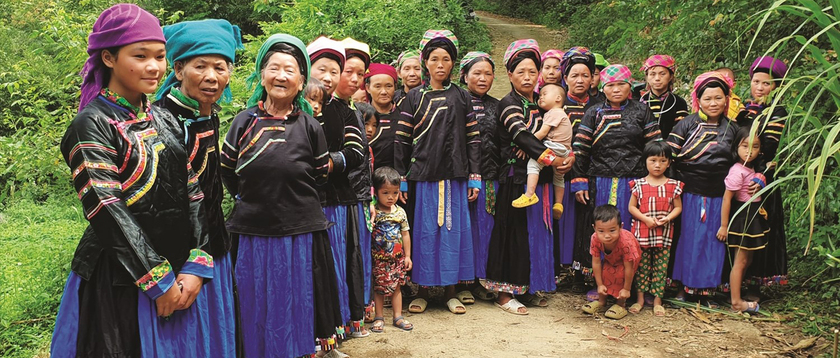
"Robbing the chicken's voice" or "Welcoming the chicken's voice" is a very unique custom of the Pu Peo people.
In the past, the Pu Peo people lived in stilt houses, but due to extensive deforestation, finding raw materials became difficult, so they had to move to houses on the ground. Pu Peo houses have a specialized architectural style, distributing living space in a single floor very scientifically. The house has a main door in the middle room, and above it are five windows to let in light. The stone pillars placed at the foot of the door are often carved with the image of a rooster and the sun, which symbolize the harmony of yin and yang, the origin of growth and prosperity of humans and all things in the universe.
Perhaps because of this belief, at New Year's Eve, the Pu Peo people also have the custom of "welcoming the rooster's voice" or "stealing the rooster's voice" to pray for luck in the new year. When New Year's Eve comes, the Pu Peo people have to watch out for the roosters. When the roosters flap their wings and prepare to crow, they immediately light a firecracker and throw it into the chicken coop. The roosters are startled and jump up to crow. Immediately, everyone shouts and sings loudly to drown out the rooster's crowing. The Pu Peo people believe that the rooster's crowing is both beautiful and sacred, waking up the sun. Therefore, whoever can drown out the rooster's crowing will sing well in the new year, and have good luck, success, and happiness.

The Pu Peo people are one of the oldest inhabitants in the northernmost highlands of Ha Giang.
Not only do they maintain the custom of welcoming the rooster, the Pu Peo people also have a very unique traditional custom of celebrating Tet. During Tet, the Pu Peo people also have the custom of wrapping banh chung, but they wrap two types of banh chung: black banh chung (mí uột ngôn) eaten on the evening of the 29th of Tet to end the old year, and white banh chung (mí uột lin) offered on the evening of the 30th of Tet to celebrate the new year. When entering the new year (after 12 midnight), if anyone opens the door to go out, when entering the house, they must bring a gift for luck, which can be a bundle of firewood.
The custom of pasting red paper on Tet holiday of the Tay and Nung people
In the traditional stilt house of the Tay and Nung people, the most sacred place is the ancestral altar. The altar is usually placed in the middle room, the highest and most solemn position of the house, showing the deep respect that the Nung people have for previous generations.

In Eastern beliefs, red is the color of fire and blood; red symbolizes warmth, luck, peace and happiness.
The ancestral altar of the Tay and Nung people is considered as a "bridge" between ancestors and family, between the living and the dead. Therefore, the altar plays an extremely important role in the daily life as well as the spiritual life of Tay and Nung families. Usually, the ancestral altar is covered with red paper, with Chinese characters written on it.
The writings are usually parallel sentences or words that have educational meaning, teaching children in the family about the customs and traditions of their people. They believe that red is the color that brings luck and peace; red symbolizes positive energy, sunlight, the fire that warms and cooks food in the family... Therefore, red wallpaper is often used by the Nung people to decorate their houses and pray for luck.
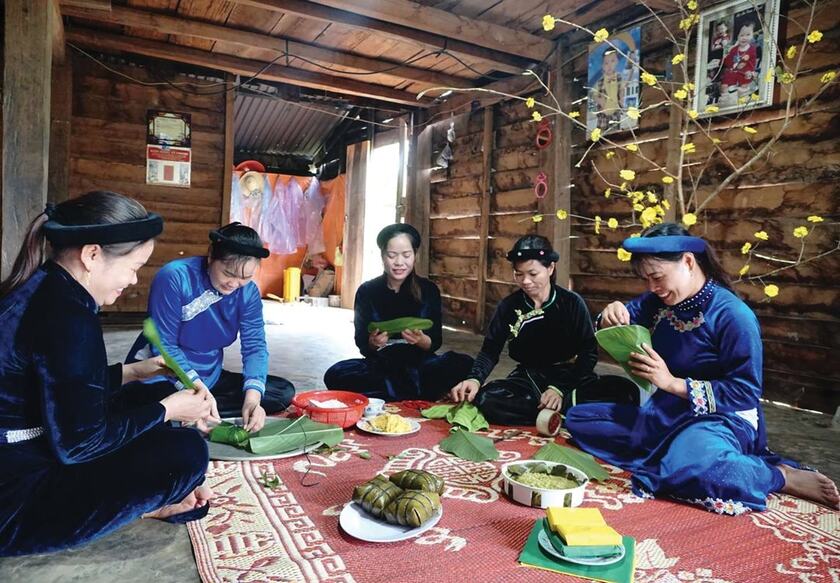
Regarding the origin of the custom of pasting red paper, no one knows when this custom began. The elders all said that since they were children, they heard adults talk about this custom and just followed it.
According to the elders, in the past, every year on Tet holiday, the whole village would prepare food and clothes to celebrate Tet, but the demons in the high mountains often appeared and destroyed the people's belongings, livestock and poultry. Therefore, the villagers had to appoint people to guard and be on duty to prevent the demons from coming to destroy. One year, a family in the village hung a piece of red cloth in the yard, the demons came to destroy the village as usual, but when they reached the village, they saw the red cloth hanging in front of the porch from afar and quickly ran away. Since then, every year on Tet holiday, the villagers stick red paper on objects and furniture with the hope of driving away evil spirits, praying for luck and peace.
Pa Then people and the custom of worshiping bowls of water
For the Pa Then people, Tet Nguyen Dan is the biggest festival of the year. It is the time when a year of hard work ends, people rest, enjoy the fruits of their labor with full barns of rice, full kitchens of corn, and full barns of cattle. The Pa Then people have a unique custom of worshiping a bowl of water all year round on the family's ancestral altar, with a plate placed on top of the bowl of water.
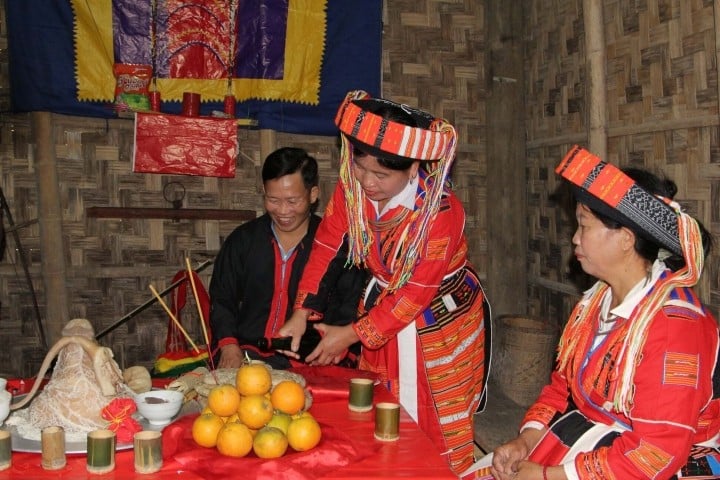
The Pa Then people have a unique custom of worshiping a bowl of water all year round on the family's ancestral altar, with a plate placed on top of this bowl of water.
If the water level drops, the homeowner must wait until June to open the bowl and add more water to fill it up. On New Year's Eve, all the doors in the house are closed and all the vents are covered, then the homeowner will use the water in the bowl to clean it and change the water to welcome the new year. All of these actions are done secretly, if it is leaked, the whole family will have bad luck and misfortune in the coming year.
Tet is the beginning of a new year, so everyone hopes to achieve good luck in the coming year, so there are Tet customs that seem to have taken root in Vietnamese life, becoming an indispensable part, a habit in Vietnamese culture, it is also a good tradition that everyone needs to cherish and follow.





